Period : 19th century
Dimensions : Height : 121cm x Length : 138cm x Depth : 79cm
It has a small support on the top to hold candles or files in progress and a large barrel-fronted desk compartment with a quality interior.
Once the cylinder is opened, it reveals the interior of the desk with 10 maple veneer drawers and 6 pigeon holes to hold letters or any type of document to be sent or awaiting processing.
This desk has a slide at the front which has three compartments covered with original leather allowing on each side to leave the writings in progress for the left part, the inkwell and the writing utensils for the right part and a slope of writing which can be raised for the central part.
This first part rests on two pedestal bases, each composed of a series of three lockable drawers, equipped with original mahogany handles.
Both bases are still equipped with their original brass castors, making the desk easy to manoeuvre.
The desk is therefore divided into three individual sections, making it easy to transport and reassemble.
The originality of this piece of furniture lies in its closing mechanism.
A cylinder is a movable flap that folds down or up over a series of compartments and drawers, closing the top box of the desk to protect personal documents.
In the early models, the cylinder consisted of a relatively fragile system of slatted curtains. This was soon replaced by a rigid quarter-circle panel that slid into grooves on the inside of the box.
In the interest of improvement, a process was also developed later to extend the work surface: a small leather-covered writing tablet could be removed.


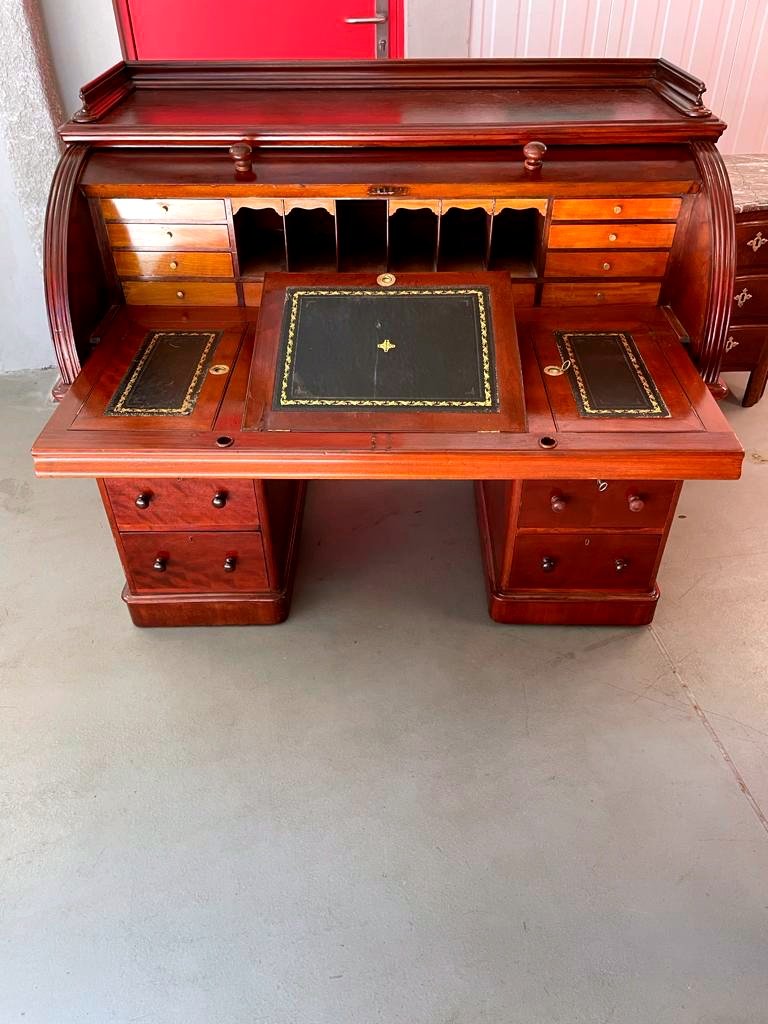

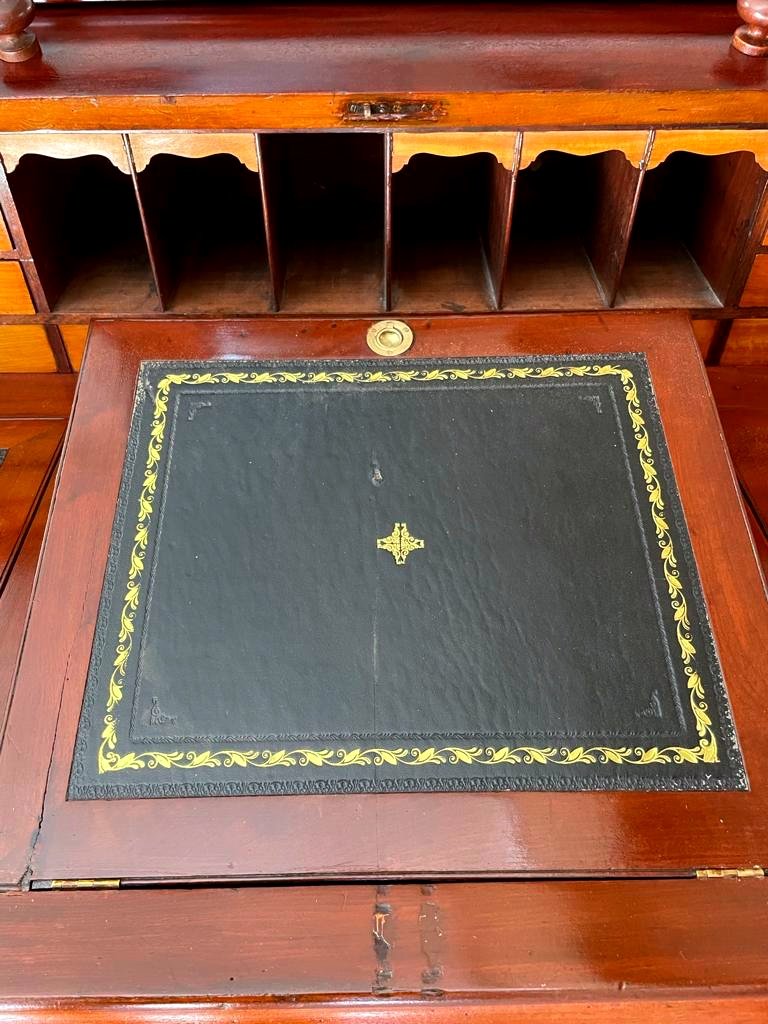









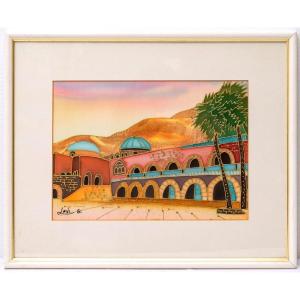

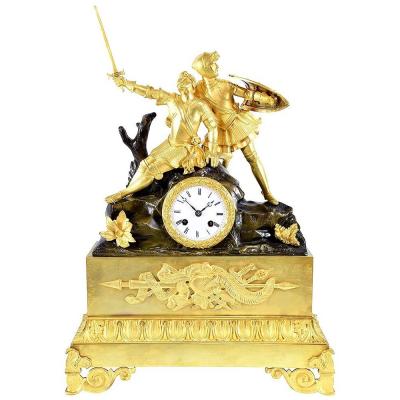
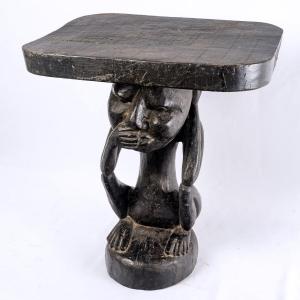

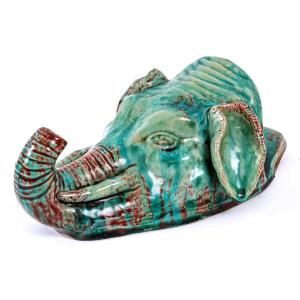
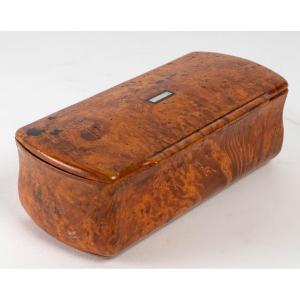
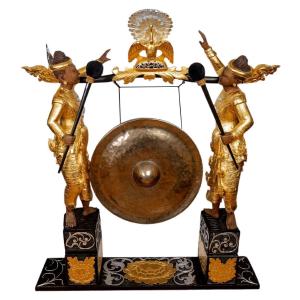

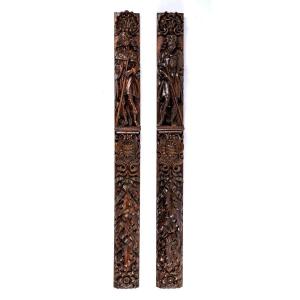
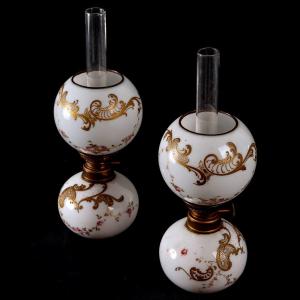
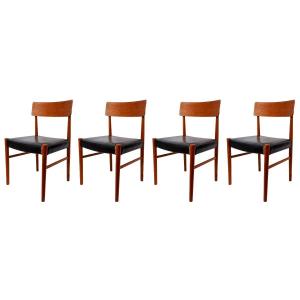



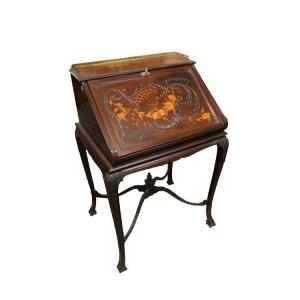
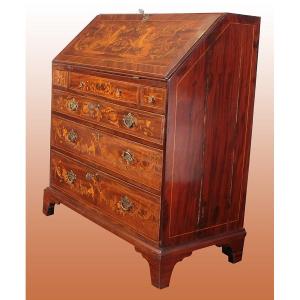





 Le Magazine de PROANTIC
Le Magazine de PROANTIC TRÉSORS Magazine
TRÉSORS Magazine Rivista Artiquariato
Rivista Artiquariato